
| Recorded by: Mark Basinger on 2025-09-27
Brunswick Co.
Comment: | 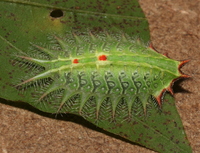
| Recorded by: David George, Jeff Niznik on 2025-09-14
Durham Co.
Comment: |

| Recorded by: David George, Jeff Niznik on 2025-09-14
Durham Co.
Comment: | 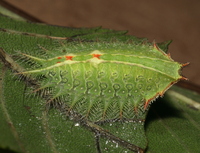
| Recorded by: David George on 2025-09-13
Durham Co.
Comment: |

| Recorded by: David George on 2025-09-13
Durham Co.
Comment: | 
| Recorded by: R. Newman on 2025-08-27
Carteret Co.
Comment: |

| Recorded by: Michael P Morales on 2025-08-19
Cumberland Co.
Comment: | 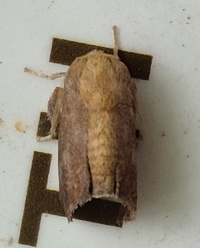
| Recorded by: Michael P Morales on 2025-08-19
Cumberland Co.
Comment: |

| Recorded by: Dean Furbish on 2025-08-16
Orange Co.
Comment: | 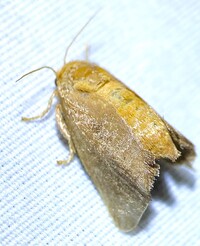
| Recorded by: Dean Furbish, Lior S. Carlson, Randy Emmitt on 2025-08-12
Alamance Co.
Comment: |
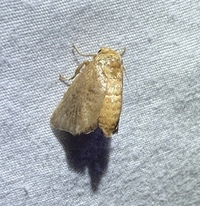
| Recorded by: Dean Furbish, Lior S. Carlson, Randy Emmitt on 2025-08-12
Alamance Co.
Comment: | 
| Recorded by: R. Newman on 2025-07-28
Carteret Co.
Comment: |

| Recorded by: Simpson Eason on 2025-07-26
Durham Co.
Comment: | 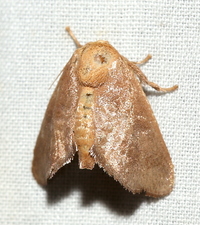
| Recorded by: David George, Dale Morgan, Patrick Coin, Julie Tuttle, Becky Watkins, et al. on 2025-07-26
Orange Co.
Comment: |
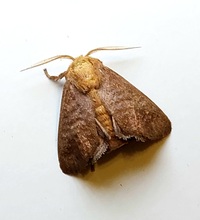
| Recorded by: Mark Basinger on 2025-07-25
Brunswick Co.
Comment: | 
| Recorded by: Mark Basinger on 2025-07-21
Brunswick Co.
Comment: |

| Recorded by: Simpson Eason on 2025-07-10
Durham Co.
Comment: | 
| Recorded by: Michael P. Morales on 2025-05-22
Cumberland Co.
Comment: |
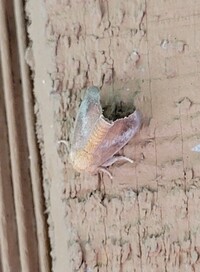
| Recorded by: Michael P. Morales on 2025-05-22
Cumberland Co.
Comment: | 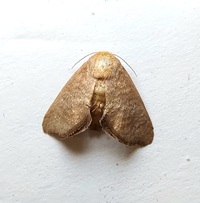
| Recorded by: Mark Basinger on 2025-05-03
Brunswick Co.
Comment: |
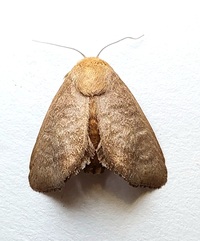
| Recorded by: Mark Basinger on 2025-05-02
Brunswick Co.
Comment: | 
| Recorded by: Mark Basinger on 2025-04-25
Columbus Co.
Comment: |

| Recorded by: Mark Basinger on 2025-04-24
Brunswick Co.
Comment: | 
| Recorded by: Mark Basinger on 2025-04-18
Brunswick Co.
Comment: |

| Recorded by: G. Halloran on 2024-10-31
Wake Co.
Comment: | 
| Recorded by: Jeff Niznik on 2024-10-20
Durham Co.
Comment: |
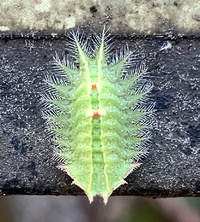
| Recorded by: Ken Kneidel on 2024-09-22
Mitchell Co.
Comment: | 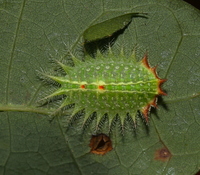
| Recorded by: David George, Stephen Dunn, Jeff Niznik on 2024-09-12
Orange Co.
Comment: |
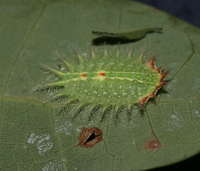
| Recorded by: David George, Stephen Dunn, Jeff Niznik on 2024-09-12
Orange Co.
Comment: | 
| Recorded by: Stephen Dunn on 2024-09-09
Orange Co.
Comment: |
|

 »
»

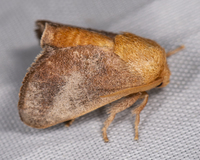

 »
»

